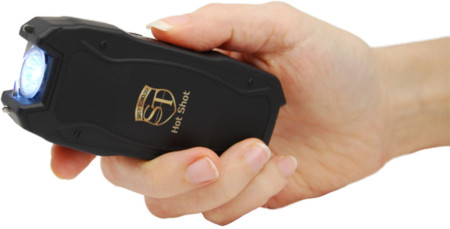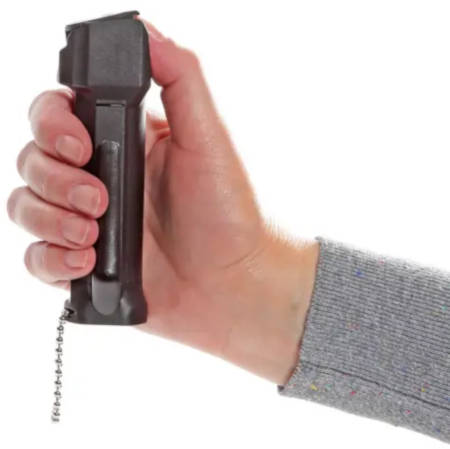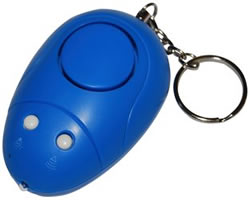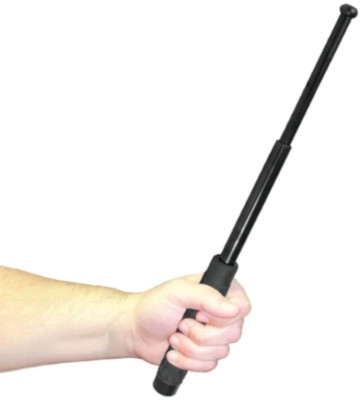Types of Non-Lethal Weapons for Self-Defense & Law Enforcement
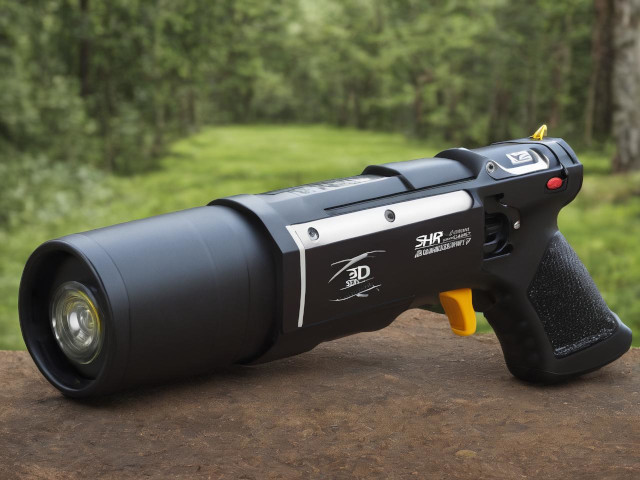
Shop Top Non-Lethal Picks
Non-lethal weapons let you protect yourself without resorting to deadly force. Below is a concise guide to common types — what they do, when to use them, and quick links to shop trusted TBOTECH options.
Electric Weapons — Stun Guns & Tasers
Electric devices deliver an incapacitating shock, ideal for close encounters or fast defense.
- Stun guns — compact, contact-based (Hot Shot).
- Tasers — cartridge-based distance models (TASER Pulse).
Chemical Weapons — Pepper Spray & Tear Gas
Chemical sprays cause temporary blindness and breathing distress — perfect for distance defense.
- Pepper gel & sprays — keychain or lipstick styles for everyday carry.
- Tear gas / mace — law enforcement-grade strength.
Impact Weapons — Batons & Less-Lethal Projectiles
Physical deterrents that extend your reach and control. Common in law enforcement and home defense.
- Expandable batons — durable, extendable reach.
- Beanbag rounds — for trained or police use only.
Other Tools — Alarms, Keychain Tools & Improvised Items
Simple, portable defense tools for non-confrontational protection.
- Personal alarms — loud, attention-grabbing deterrents.
- Shar-Key & keychain tools — quick-access hand protection.
- Improvised: keys or umbrellas — use only when safe and appropriate.
Legal Considerations
Non-lethal weapons are generally legal but regulated. Check your state’s size and carry limits before purchasing. Use only in self-defense situations.
Shop & Save
Ready to protect yourself? Use code NONLETHAL10 for 10% off select items and feel secure wherever you go.
FAQ
- Q: Are non-lethal weapons legal? A: Laws vary by state—check local regulations before carrying.
- Q: What’s best for travel? A: Personal alarms or compact pepper spray—stun devices are often restricted in airports.
Related Non-Lethal Safety Topics
- How to Defend Yourself Without a Gun – Smart tools for personal protection.
- Non-Lethal Home Defense – Keep your family safe without firearms.
- Self-Defense for Seniors – Confidence and safety at any age.
- Adaptive Self-Defense – Practical techniques for limited mobility.
Browse the complete TBOTECH non-lethal defense collection to stay prepared.
Add your comment now!
Post Comment
